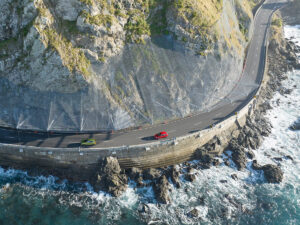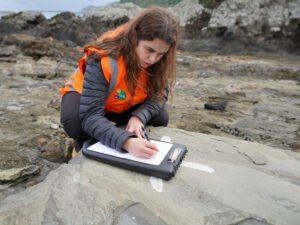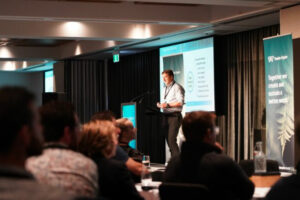The Mt Messenger bypass project involves the construction of a new 6 km road, including a 240 m tunnel and a 120 m bridge, to bypass the challenging section of SH 3 in the Taranaki region. This project currently impacts approximately 40 hectares of indigenous vegetation and 3.5 km of streams. It also presents geotechnical challenges due to the environment. A mitigation and offset package is being developed to address the significant ecological effects of the works, ensuring net biodiversity gains within 15 years.
The Mt Messenger bypass project required complex planning expertise, considering various aspects such as Part 2 RMA, biodiversity and offsetting, cultural considerations, Treaty of Waitangi, and alternative options. It entails the removal of approximately 30 hectares of native forest and the impact on 9 km of watercourses. The project aims to address safety and travel reliability issues while creating economic opportunities. An extensive alternative assessment is being conducted to evaluate options, followed by specialised investigations across eight ecological disciplines and other environmental areas.
Mitigation proposals are being collaboratively developed with stakeholders like Ngati Tama, DOC, and Forest and Bird before finalising the application package.
Additionally, the project included the assessment of a major slip at Te Oreore on SH 4. Urgent measures were taken to determine a long-term solution involving a comprehensive business case process, including design, consent, and construction.
The project is being executed by the Mt Messenger Alliance, with Tonkin + Taylor providing engineering and environmental services and a significant ecological component.
















